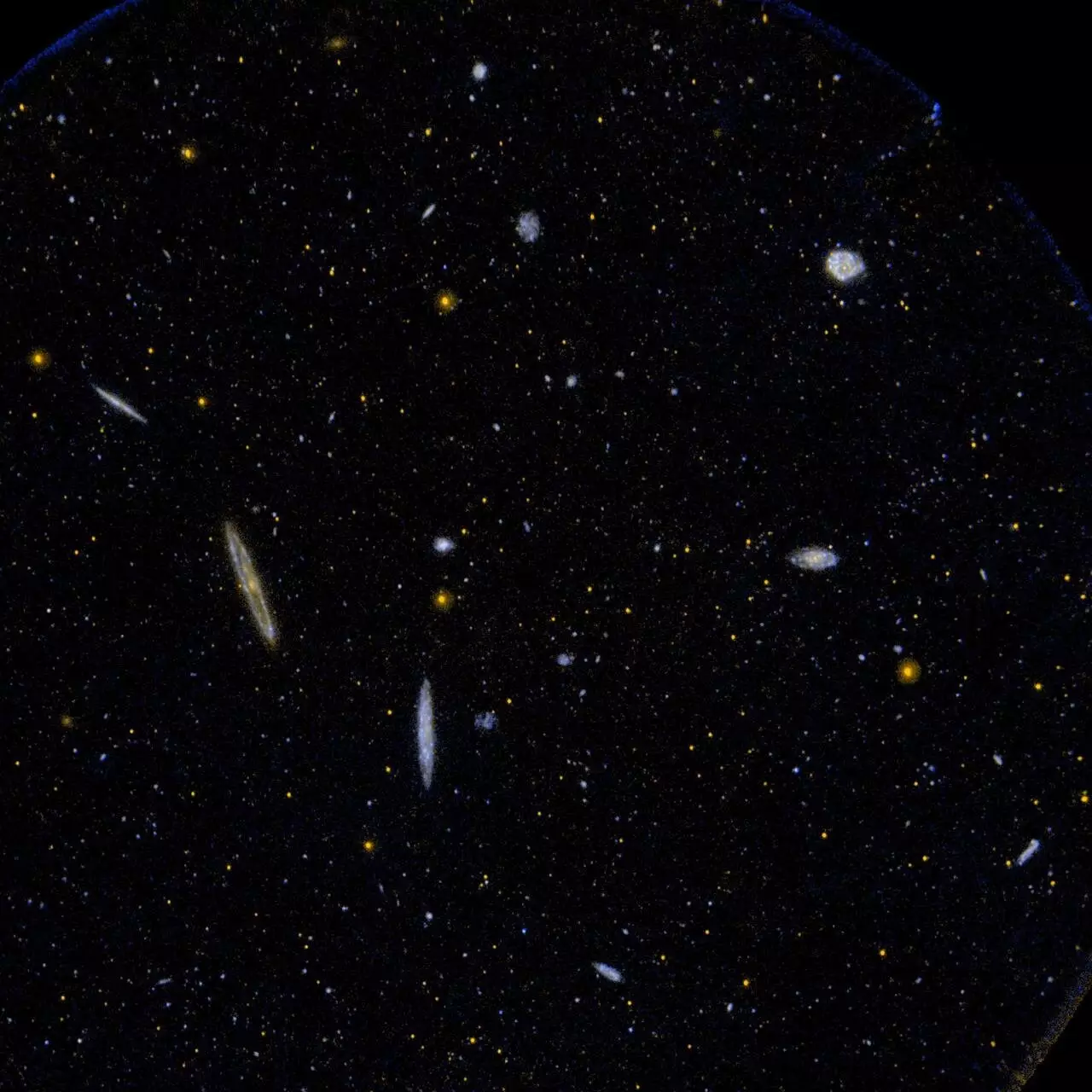Recent developments from a collaborative study involving researchers from Southern Methodist University (SMU) and several other leading institutions reveal intriguing anomalies concerning the formation of our universe. This unexpected discovery prompts a re-examination of established physical principles and raises the crucial question: could we be on the brink of redefining fundamental physics? As scholars puzzle over these revelations, the implications are significant, possibly altering what is taught in physics classrooms worldwide.
Central to this investigation is the Dark Energy Spectroscopic Instrument (DESI), which has been pivotal in creating a comprehensive three-dimensional map of the cosmos. Utilizing high-performance computing resources at SMU, researchers analyzed extensive datasets that now present the most precise cosmological measurements to date. Joel Meyers, an associate professor at SMU and a co-author of the study, emphasized the importance of this data: “The insights we’ve gathered hint at phenomena that defy our existing expectations,” he noted, suggesting a potential paradigm shift in our understanding of cosmic structure and behavior.
This deep dive into the intricate behaviors of neutrinos—subatomic particles that are not only plentiful but also shrouded in mystery—marks a critical point in cosmological study. Neutrinos play a fundamental role in the early expansion of the universe, yet until now, their mass and clustering properties have evoked more questions than answers.
The findings indicate a curious deviation from established beliefs surrounding neutrinos’ effect on matter clustering. Traditionally, scientists anticipated that massive neutrinos would inhibit the clumping of matter, allowing the universe’s fabric to spread out over billions of years. Yet the latest data suggests the opposite: matter appears to be more densely packed than current models would predict. This revelation hints at a potential oversight in existing theories—a suggestion that something fundamental about the behavior of matter, neutrinos, or perhaps even cosmological models themselves needs reevaluation.
As theoretical physicists, including Nathaniel Craig and Daniel Green, engage with these findings, they explore multiple avenues—from tweaking established concepts within the Standard Model of particle physics to possibly introducing brand new physics. This phase of inquiry signals a substantial shift away from previously unassailable physical realities to a space where hypotheses can be challenged, investigated, and potentially redefined.
If these findings are substantiated, they hold the potential to challenge and reshape the principles taught in introductory physics courses globally. The understanding that students often derive from the Standard Model and current cosmological paradigms may need to be amended or considerably expanded. The notion that new layers of complexity exist in the universe underscores the necessity of fostering an educational environment that encourages exploration and critical analysis rather than presenting scientific concepts as static truths.
The fact that this study finds itself in the context of metering the “Hubble tension” further illustrates a broader theme within modern physics—an acknowledgment that the journey toward understanding the cosmos is fraught with unexpected turns. Many astrophysicists now accept that rather than seeking a singular answer to these puzzles, the scientific community may be better served by embracing the complications and allowing for a multifaceted exploration of phenomena.
Ultimately, the study lays a foundation for future research that could transform our understanding of the universe. Researchers will likely take years to disentangle the implications of these findings and gauge their accuracy, but the groundwork has been set for exciting new explorations in advanced cosmology. With the continuation of experiments and analyses generated by DESI and similar projects, we may be poised to uncover even more revelations that can refine or entirely reconfigure our grasp of physics.
The implications of these research findings extend beyond the immediate realm of neutrinos and matter clustering. They offer an exciting lens through which we can view the universe—one that challenges us to keep questioning and exploring. As our understanding evolves, so too must our teaching and interpretation of the complex cosmos that surrounds us.

